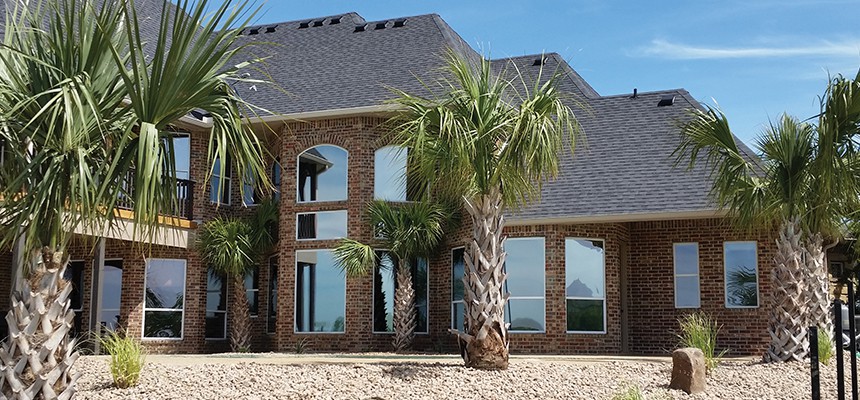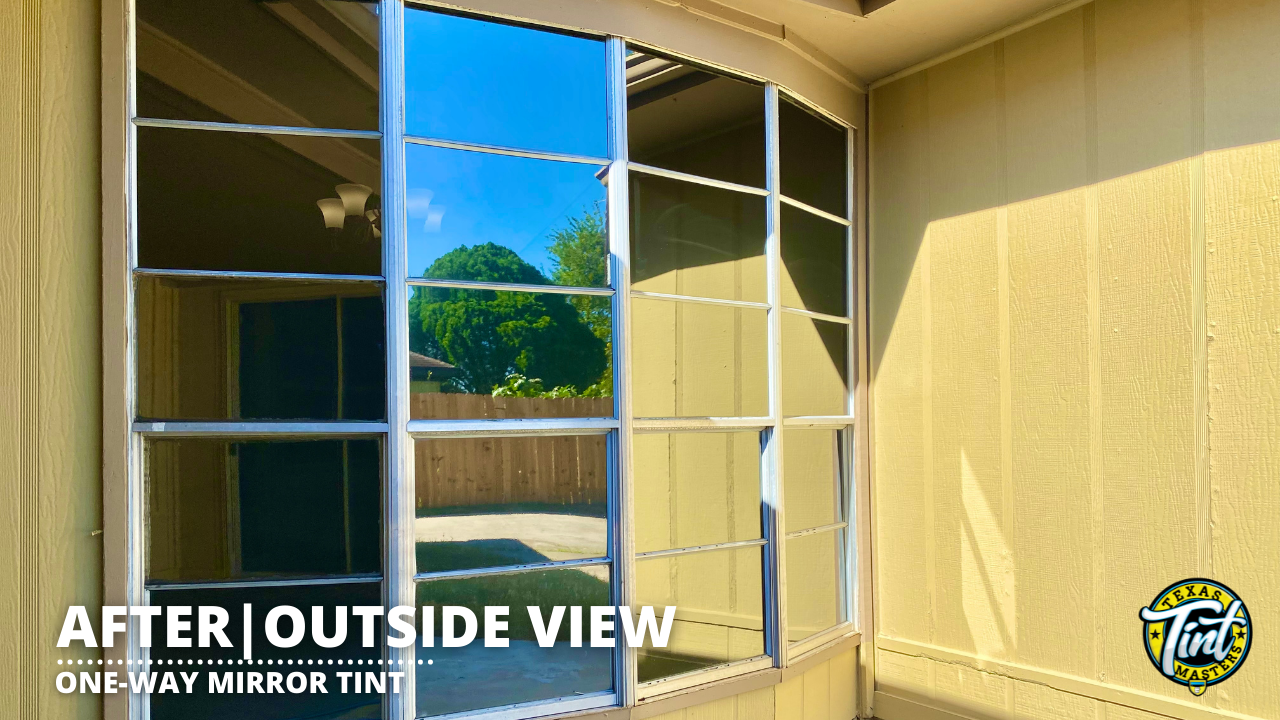Residential Window Tint: Boost Convenience and Reduce Glare Indoors
Residential Window Tint: Boost Convenience and Reduce Glare Indoors
Blog Article
How Residential Home Window Tinting Enhances Your Home's Power Efficiency
Residential window tinting presents a compelling remedy for homeowners looking for to boost energy performance within their home. By using specialized films to home windows, it successfully lowers heat transfer, thereby supporting interior temperatures and reducing the need for extreme home heating or cooling. This not only stops energy intake however also gives a much more comfortable atmosphere by alleviating glare. Recognizing the subtleties of how tinting jobs and choosing the ideal type for your home can be crucial. Strangely enough, what elements should one think about prior to making this financial investment?
Understanding Window Tinting
Comprehending home window tinting is crucial for property owners looking for to enhance both comfort and energy effectiveness in their home. Residential Window Tint. Home window tinting entails the application of a thin movie to the interior or outside surface of glass home windows. This movie can considerably regulate the amount of sunshine and heat that enters a home, therefore influencing interior environment conditions
There are various types of window tinting films offered, each with distinctive residential properties. The efficiency of window tinting is typically gauged by its Visible Light Transmission (VLT) percentage, which shows exactly how much light can pass through the movie.
Benefits of Energy Efficiency
Home window tinting not just boosts aesthetic appeals however likewise plays a significant function in enhancing energy performance within property spaces. By decreasing heat transfer through windows, tinted movies develop an extra secure interior climate, which can lead to substantial reductions in power usage for cooling and heating. This power efficiency equates into reduced utility expenses, supplying property owners with considerable long-lasting cost savings.

In addition, home window tinting boosts the convenience of living areas. By decreasing glow and obstructing dangerous UV rays, colored windows produce an even more positive environment, which can lead to enhanced wellness for owners. The defense against UV rays additionally aids protect furniture and flooring from fading, adding to the long life of house things.
How Tinting Works
Tinting movies operate through a mix of advanced products and innovations created to regulate the amount of solar power getting in a home. Primarily composed of polyester, these movies usually include metal or ceramic bits that show and take in warmth. This twin capacity permits them to substantially minimize the penetration of ultraviolet (UV) rays and infrared radiation while allowing noticeable light to go through.
The performance of home window tinting is gauged by its solar warm gain coefficient (SHGC), which shows how much solar power is sent with the window. Lower SHGC worths are better as they denote better heat rejection. Furthermore, home window tints can include a selection of shades, allowing property owners to customize their aesthetic preferences while improving energy effectiveness.
Moreover, these movies work as an obstacle, avoiding warmth loss during colder months by mirroring indoor warmth back into the space. This thermal insulation result complements the air conditioning advantages gotten throughout warmer months, adding to a well balanced interior climate year-round. By managing solar power properly, household window tinting not only enhances comfort however additionally plays an important duty in lowering energy usage and decreasing energy more helpful hints expenses.
Choosing the Right Tint

There are different kinds of window films readily available, consisting of dyed, metalized, and ceramic. Colored films are Check Out Your URL affordable yet might have limited durability. Metalized movies offer much better heat being rejected however can interfere with digital signals. Ceramic movies give outstanding warmth control without jeopardizing presence and are very sturdy, making them a popular option.
Noticeable light transmission (VLT) is one more critical aspect, as it suggests the quantity of all-natural light that can go through the colored glass. Property owners must choose a color with a VLT that enhances their lights choices while still giving appropriate glow reduction.
In addition, assessing the solar heat gain coefficient (SHGC) can assist determine exactly how well a color can obstruct warm from sunshine. A lower SHGC shows much better heat control, inevitably boosting power performance.
Installation and Upkeep Tips
Appropriate setup and maintenance are essential parts in making the most of the advantages of household window tinting. Professionals likewise utilize specialized devices and techniques, which can enhance the longevity and performance of the color.
Following installment, maintenance is necessary to prolong the life of the home window movie. It is suggested to wait at the very least 30 days prior to cleaning the colored windows to enable the glue to heal totally. When cleaning, utilize a soft cloth and a gentle, ammonia-free cleaner to prevent harming the film. Avoid rough products that might scrape the surface.
Additionally, routine assessments are helpful. Inspect for any peeling or bubbling, which might suggest incorrect installment or wear with time - Residential Window Tint. Attending to these problems quickly can avoid further damages and preserve energy effectiveness. By adhering to these installment and maintenance ideas, house owners can guarantee their window tinting continues to supply significant power financial savings and comfort for many years to come.
Final Thought
Finally, residential window tinting functions as an efficient solution for improving power effectiveness within homes. By minimizing warm transfer and blocking damaging UV rays, window movies contribute to lower energy intake and improved indoor comfort. The selection of ideal tinting products, along with proper setup and upkeep, further takes full advantage of these benefits. Inevitably, home window tinting represents a lasting financial investment that not only reduces energy costs however additionally advertises a comfortable living environment throughout the year.
Window tinting includes the application of a thin movie to the inside or exterior surface of glass windows. By minimizing heat transfer through home windows, tinted films produce a more secure indoor climate, which view publisher site can lead to significant decreases in power consumption for heating and air conditioning.The efficiency of home window tinting is determined by its solar heat gain coefficient (SHGC), which indicates exactly how much solar energy is transmitted via the home window. By managing solar power effectively, residential home window tinting not just boosts comfort but additionally plays a vital duty in minimizing power consumption and reducing utility expenses.
By minimizing warmth transfer and blocking hazardous UV rays, window films contribute to decrease energy intake and enhanced indoor comfort.
Report this page